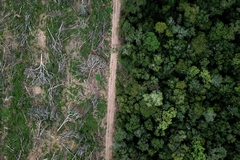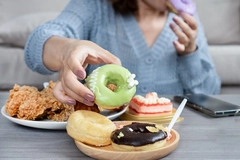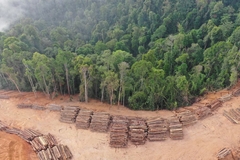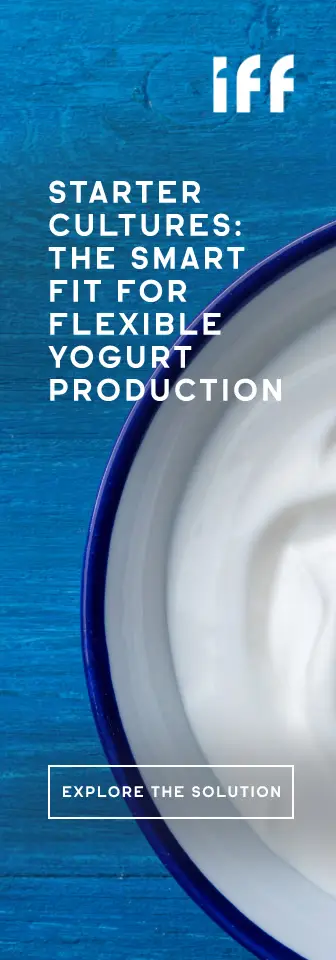The hue of DDW's natural beta-carotene ranges from yellow to orange, depending on concentration. It enhances the visual appeal of juice drinks, tropical beverages, desserts, and other products. As a coloring, it performs equal to or better than conventional (synthetic) beta-carotene.
30/01/09 In recent years, beverage companies have launched hundreds of new drinks containing beta-carotene as a coloring. The predominant form is nature-identical, which is chemically synthesized to mimic the natural equivalent. D.D. Williamson in the U.S. introduces a water dispersible alternative from a natural source.
The hue of DDW's natural beta-carotene ranges from yellow to orange, depending on concentration. It enhances the visual appeal of juice drinks, tropical beverages, desserts, and other products. As a coloring, it performs equal to or better than conventional (synthetic) beta-carotene. Advantages include quicker dispersion and less cloudiness in solution. DDW's new coloring is also designed to reduce the risk of sedimentation, ringing, and cap/bottle staining. Hence, it may require fewer special processing steps, a potential cost savings, to protect the emulsion.
Beverage processors can add DDW's coloring either before (in the aqueous phase) or after homogenization. DDW offers both liquid and powdered versions. Dosage rates range from 0.005 to 0.1%, depending on the coloring concentration and application. It applies in beverages systems ranging from pH 3.0 to 7.0.

On the principal display panel (PDP) of a retail product, customers can state "made with naturally derived ingredients" or a similar claim, assuming the other ingredients qualify. Products containing nature-identical beta-carotene would not qualify for this claim. DDW's coloring may serve as a marketing advantage for processors of novel beverages and natural foods.













